Did you know that some animals have the special ability to pause their pregnancy? Researchers have known about this ability in some animals since the 1850s. However, it is only just becoming apparent how this information can help us better comprehend disease, stem cells, and human reproduction. Humans pausing their reproductive cycles isn’t likely to happen, but many animals have proven capable of this process. They use “embryonic diapause” to nurture a successful outcome in their pregnancy. Having a firm grasp on why and how mammals pause their pregnancies is crucial to our understanding of how to create viable babies in human reproduction, particularly IVF (in-vitro fertilization).
Why and How Some Animals Pause Their Pregnancy
Embryonic diapause delays childbirth for certain female animals. It enables mothers to wait until the correct physiological signs indicate a favorable reproductive outcome. Until then, blastocyst embryos are dormant.
Two Primary Ways
One strategy mothers use is getting pregnant quickly after giving birth just in case something goes wrong with the newborn(s). Lactation-related stress and hormones halt the new pregnancy for the duration of the nursing process. After the babies leave, the pregnancy continues. This is known as facultative diapause.
Second, some mothers wait for the optimal period to continue the pregnancy, which often coincides with the changing of the seasons. Seasonal fluctuations in the length of daylight cause diapause to begin and end at the appropriate times. This is known as obligate diapause. It exists in a wide range of species across many different groupings.
More than 130 animal species have proven to pause their pregnancies. Let’s dive into five of these animals below!
Polar Bears
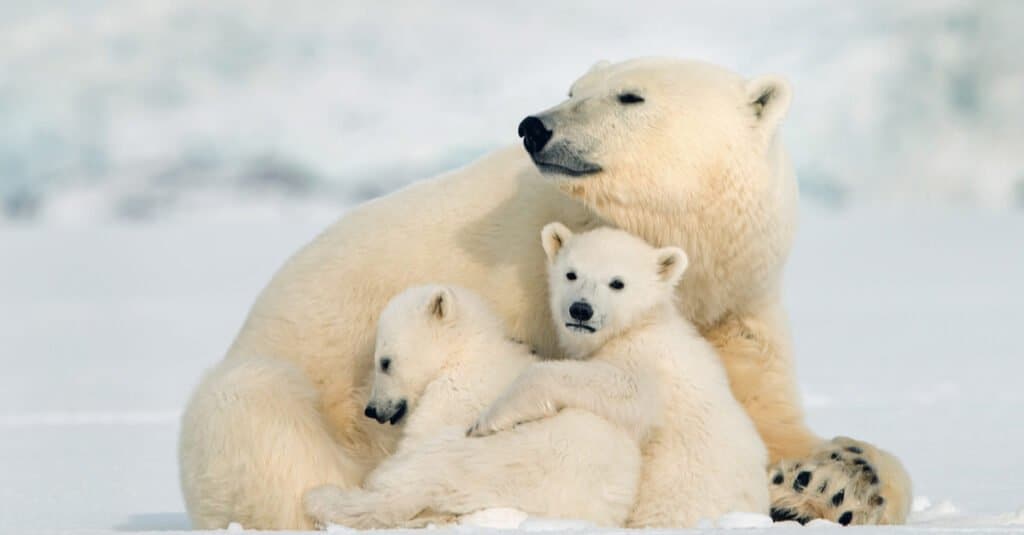
Polar bears are able to store fertilized eggs until they are ready to continue with the pregnancy.
©isabel kendzior/Shutterstock.com
For mammals that survive Earth’s hardest winters, there is no optimal season to produce children. Polar bear females can store fertilized eggs until they are ready to continue with the pregnancy. In polar bears, the gestation period lasts about eight months. Females find mates best in late March to early June. They give birth to one to three cubs in November or December. Females give birth to their pups in their winter dens. She produces milk from her body fat until then. Polar mothers may schedule their pups’ emergence to coincide with the best weather for food. However, they still face an arduous journey to sexual maturity.
In the Arctic and subarctic, many large predators hunt for easy prey year-round. These polar bear mothers show that there is no “perfect” time to get pregnant. However, their bodies store embryos until the ideal time to improve the rate of success.
Seals
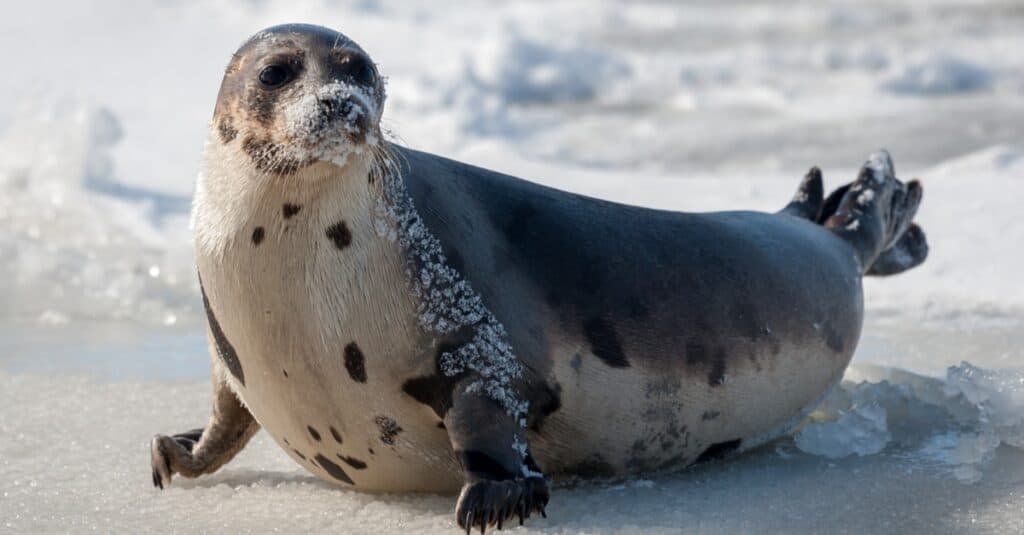
Grey seals are able to schedule their pregnancy depending on the temperature of the water.
©Dolores M. Harvey/Shutterstock.com
Seals can delay pregnancy to give birth in optimal conditions. Most seal species mate within weeks of the breeding season. The bulls have established territories, and many females gather, so the moment is perfect. However, since the gestation period is usually less than a year, delivery doesn’t match with the optimal conditions for birth. Thus, embryonic diapause helps them to ensure they can give birth at the correct time.
Species type, habitat, and the mother’s health determine embryonic diapause’s duration. Environmental cues control implantation timing. Most species implant depending on photoperiod; however, grey seals schedule their pregnancies based on water temperature. Delaying embryo implantation lets mothers endure tough conditions like hunger or bad weather.
Rodents
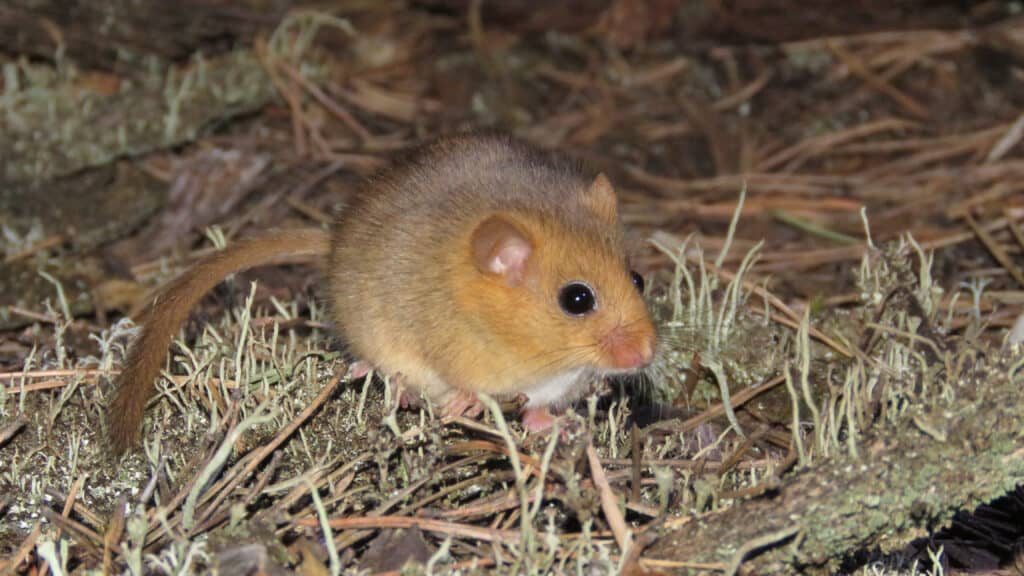
Mice are just one of several rodents which are able to successfully use diapause delay their pregnancy.
©Oleksiy Sapuha/Shutterstock.com
In the wild, embryos of some rodent species wait to implant until their mom’s body has sufficient reserves of food and energy. As a result of hunger or other stresses, the embryo enters a dormant period. This ensures they will continue to exist. Mice as well as other rodents turn to diapause or delayed implantation when life is particularly challenging. This is due to factors including lack of food, inadequate fat storage, or older siblings who are still nursing. This can fluctuate based on the species and the surroundings.
Mice that are house pets or in laboratories typically have better birth outcomes. This is because their living surroundings are more controlled. With diapause, nature has given the mother more agency over the circumstances of the birth. Scientists actually discovered the first stem cells in a mouse embryo during diapause when the embryo’s cell cycle was paused.
Armadillos
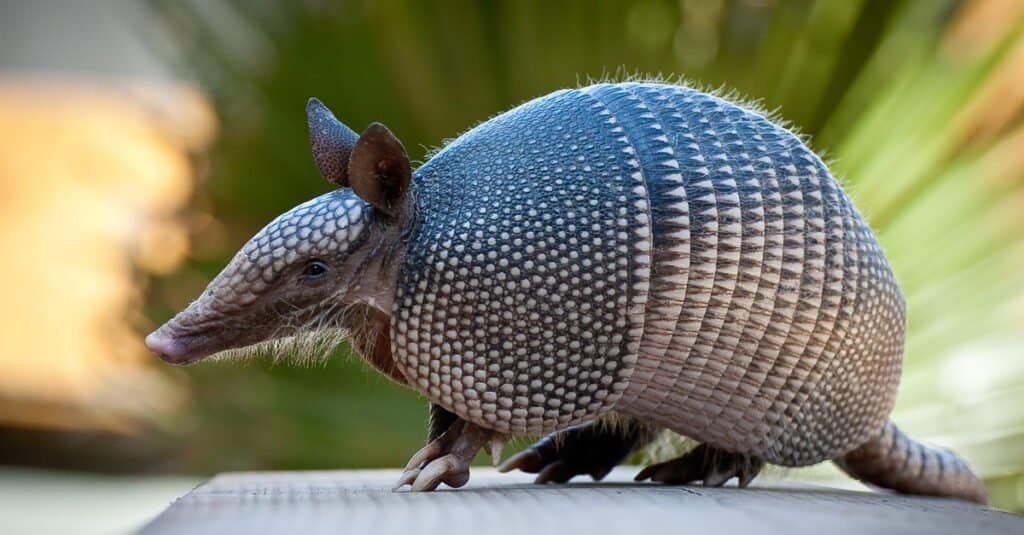
Nine-banded armadillos can pause their pregnancy for up to two years.
©Heiko Kiera/Shutterstock.com
The nine-banded armadillo is highly adept at population regulation. Pregnant females are capable of pausing embryonic development for up to two years in response to extreme environmental stress. Embryo implantation in the uterine wall is delayed by three to four months in armadillos. This, plus the average five-month period of rapid growth, means the average time to birth is around nine months.
A newly detected delay adds another 12 to 24 months onto the expected duration of pregnancy in armadillos. However, not all pregnant female armadillos have delayed births. When females are uncovered in the late autumn or winter, the customary three to four-month delay between fertilization and implantation is nearly at its end. This increases the possibility of such events. It’s possible that stress hormones can block implantation for them as well.
Marsupials
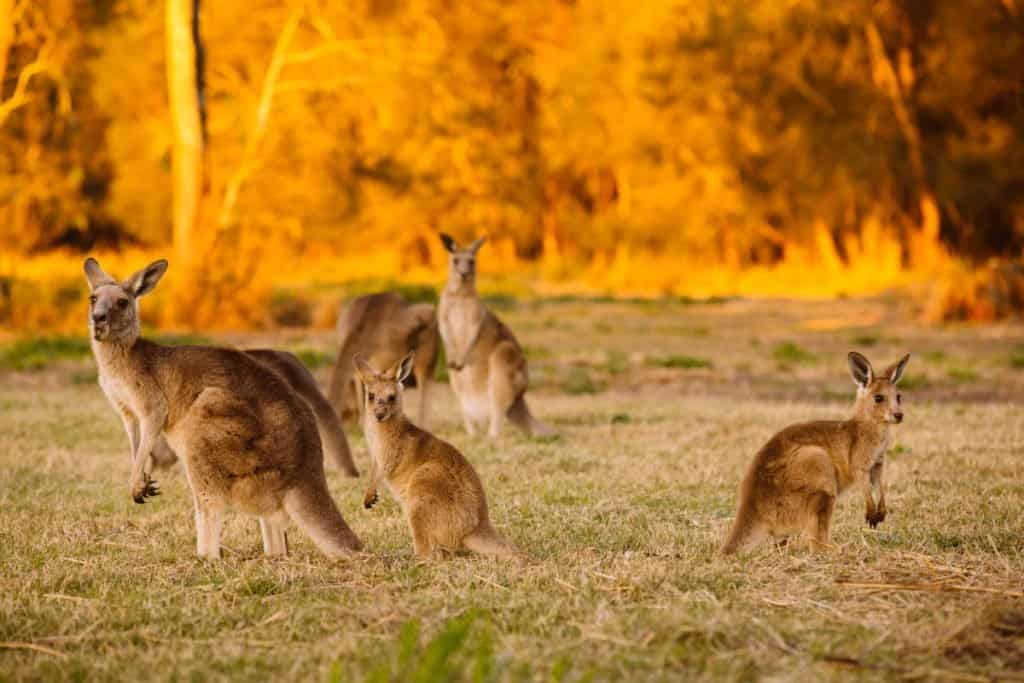
As a marsupial, kangaroos can use diapause to delay their pregnancy for up to eleven months.
©Pawel Papis/Shutterstock.com
Female kangaroos and wallabies utilize both uteruses during pregnancy. Marsupial pregnancy features a short duration of gestation and a prolonged period of nursing. But by forcing an embryonic diapause, the pregnancy can extend to 11 months.
In kangaroos and wallabies, the hormones melatonin and prolactin help modulate the influence of lactational and seasonal variables on diapause. During the end of pregnancy, known as parturition, marsupials seem to be fairly standard mammals. They require the same behavioral and physiological cues as any other mammal to deliver healthy offspring.
What Diapause Has Taught Humans
Based on years of empirical observation and evidence, scientists believe all mammals, including humans, share an ancient embryonic characteristic. Until recently, it was unclear which animals employed diapause and how it occurred. This mechanism fascinates scientists and helps us understand basic reproductive processes in all mammals. Understanding diapause may simplify embryo transplantation and growth.
Diapause may even improve stem cells and create new cancer treatments. For example, scientists detected stem cells in mouse embryos in diapause. Stem cells also resemble diapaused embryos. Understanding molecular diapause could lead to markers for tumor stem cells, which are considered to cause cancer spread or new drugs to inhibit cell multiplication. Overall, animals that can pause their pregnancy feature a remarkable ability that humans will continue to study.
The photo featured at the top of this post is © iStock.com/slowmotiongli
Sources
- Science Direct, Available here: https://www.sciencedirect.com/topics/agricultural-and-biological-sciences/diapause
- National Library of Medicine, Available here: https://www.ncbi.nlm.nih.gov/pmc/articles/PMC4935499/
- Britannica, Available here: https://www.britannica.com/science/diapause
Thank you for reading! Have some feedback for us? Contact the AZ Animals editorial team.






